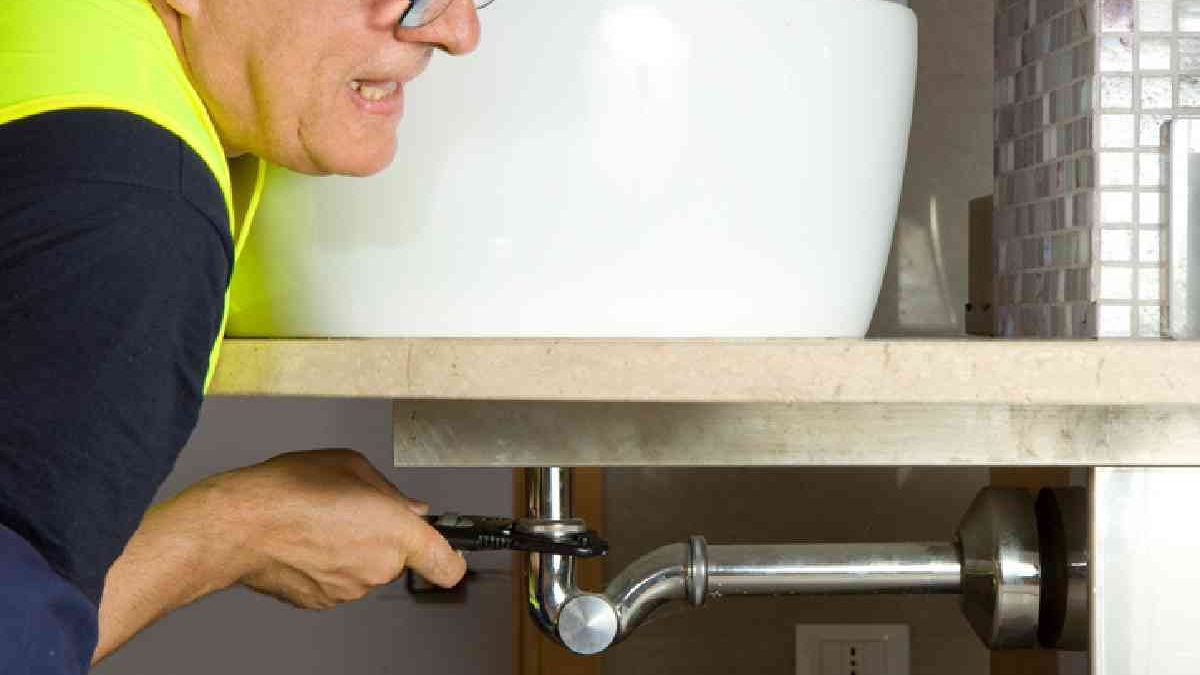Poly b plumbing, a popular choice for water supply lines in homes built between the late 1970s and early 1990s, has been a source of concern due to its potential for leaks and ruptures. If you have poly b plumbing in your home and are looking to address these concerns, retrofitting it with alternative materials can be a wise decision. In this guide, we will delve into the process of retrofitting your poly b plumbing with alternative materials, emphasizing the importance of poly b replacement for your home’s water supply.
Table of Contents
The Need for Poly B Replacement
Poly B plumbing was once considered an innovative and cost-effective solution for residential plumbing. However, over time, it has revealed significant vulnerabilities. The primary issue with poly b plumbing is its susceptibility to degradation, which can result in leaks, ruptures, and costly water damage.
When considering poly b replacement, it’s crucial to assess the condition of your existing plumbing. Signs that your poly b plumbing may need replacement include:
- Visible Cracks: If you notice visible cracks or damage to the poly b pipes, it’s a clear indication that the system is deteriorating.
- Frequent Leaks: Frequent leaks and water damage in your home, especially at connection points or in the vicinity of poly b pipes, signal potential problems.
- Discolored Water: Changes in the color or quality of your water can be a sign that your poly b plumbing is deteriorating.
- Mold and Mildew: Moisture from leaks can lead to mold and mildew growth, which is not only a health concern but also a sign of plumbing issues.
Retrofitting Poly B Plumbing: Steps to Poly B Replacement
Retrofitting poly b plumbing with alternative materials involves several key steps to ensure the process is efficient and effective.
1. Inspection and Assessment:
Before you embark on poly b replacement, it’s essential to conduct a thorough inspection of your plumbing system. This inspection helps identify the extent of the problem and determine the best approach for retrofitting. Professional plumbers can assess your plumbing system’s condition and recommend the most suitable replacement materials.
2. Choose Replacement Materials:
Selecting the right replacement materials is crucial for the success of your poly b replacement project. Commonly used alternatives include:
– PEX (cross-linked polyethylene): PEX is a popular choice for its flexibility, resistance to corrosion, and ease of installation. It’s an excellent option for retrofitting poly b plumbing.
– Copper: Copper pipes have a long track record of reliability and durability. They are resistant to corrosion and can be a suitable replacement choice.
– CPVC (chlorinated polyvinyl chloride): CPVC is known for its resistance to heat and corrosion. It’s suitable for both hot and cold water supply lines.
– PP-R (polypropylene-random): PP-R pipes are durable and resistant to high temperatures, making them a reliable choice for water supply lines.
3. Plan the Retrofitting Process:
Once you’ve chosen the replacement materials, it’s time to plan the retrofitting process. This includes determining the layout of the new pipes, assessing any necessary modifications to the existing plumbing, and planning for any structural changes or repairs required during the poly b replacement.
4. Professional Installation:
It’s highly recommended to hire professional plumbers for the installation of the new plumbing system. They have the expertise to ensure the retrofitting process is seamless and complies with local building codes. Professionals will also conduct pressure tests to verify the integrity of the new system.
5. Post-Installation Assessment:
After the poly b replacement is complete, a thorough post-installation assessment should be carried out to ensure that the new plumbing system is functioning correctly and free from leaks. This step is crucial to guarantee the long-term reliability of your new plumbing system.
Benefits of Retrofitting Poly B Plumbing
Retrofitting poly b plumbing with alternative materials offers several significant advantages:
- Enhanced Durability: The replacement materials are often more durable and resistant to corrosion, reducing the likelihood of leaks and ruptures.
- Improved Water Quality: New plumbing materials, like PEX or copper, do not contribute to water contamination or changes in taste or odor.
- Energy Efficiency: Many alternative materials are designed to conserve energy by maintaining consistent water temperatures, resulting in potential energy savings over time.
- Lower Maintenance Costs: Retrofitting with modern plumbing materials typically reduces maintenance and repair costs, contributing to long-term savings.
Considerations for Retrofitting Poly B Plumbing
While retrofitting poly b plumbing is a practical solution, there are several considerations to keep in mind:
– Local Regulations: Ensure that your retrofitting project complies with local building codes and regulations. A licensed plumber can assist in navigating these requirements.
– Budget: Retrofitting can be an investment, but consider it a long-term investment in the reliability and value of your home.
– Timeframe: The retrofitting process can take some time, so plan accordingly to minimize disruption to your daily life.
– Professional Guidance: Seek guidance from experienced plumbers who can help you choose the most appropriate replacement materials and provide expert installation.
In conclusion, retrofitting poly b plumbing with alternative materials is a wise choice if you’re concerned about the reliability and longevity of your plumbing system. By following the necessary steps and working with professional plumbers, you can ensure a smooth poly b replacement that not only safeguards your property but also enhances its overall value and water efficiency.


